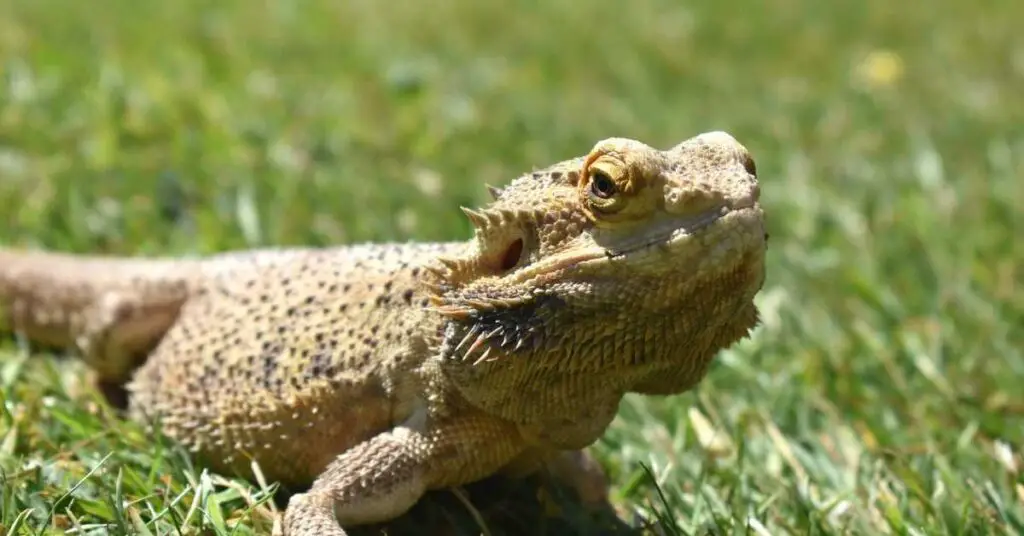
In addition, you may also want to find out Can Bearded Dragons Eat Honeydew. Since the phosphorus content of alfalfa sprouts is much more than calcium, it becomes an unfavorable food for them. This ratio ensures that the amount of phosphorus is half or less than half the amount of calcium and therefore your pet dragon will benefit from that food. The only way that the calcium and phosphorus equation works for bearded dragons is if the ratio of calcium to phosphorus in any food for bearded dragons is 2:1.
#Are bearded dragons nocturnal full#
Phosphorus does not allow full absorption of calcium, which is crucial for bearded dragons. If all these elements are suitable for bearded dragons then what can be the problem? The real troublemaker here is phosphorus. Additionally, these greens have a good amount of calcium, vitamins, and potassium. Alfalfa sprouts for bearded dragons are abundant in protein and water content. They are nutritious but there are various reasons why they are not suited for these cold-blooded creatures.

"Hotter Temperatures Trigger Sex Change in Australian Lizards". Reptiles and Amphibians of Australia, Reed Books, Chatswood, NSW, Australia. Gland, Switzerland: World Association of Zoos and Aquariums. ^ "Eastern Bearded Dragon (Pogona barbata)"."A description of Isospora amphiboluri (Apicomplexa: Eimeriidae) from the inland bearded dragon, Pogona vitticeps (Sauria: Agamidae)". ^ a b Pogona barbata at the Reptile Database.It is most common in eastern Australia south of Cape York Peninsula, but specimens have been collected from Cape York, through central Australia, and even from the west coast of Australia. barbata resembles its close relative, the central bearded dragon, but may be distinguished from the latter by its less robust body and the row of spines along the lateral edge of the body, which continues over the forearm. The inside of the mouth is generally a bright yellow colour. Usually however they are rather dark, from yellowish to grey and black. If excited and at higher temperatures head, flanks and legs have a yellowish to orange colour. As the animal matures, it develops a subtle pale yellow, blue, or green tinge on the forepart of its head.

Juveniles are paler in colour than the adults and have patterns that fade as they mature.


#Are bearded dragons nocturnal skin#
It is usually grey-black or red in skin colour and is sometimes reddish-brown, yellowish-brown, or dark brown. The thorax and abdomen are relatively slender and flattened dorsoventrally. Several groups of even longer spiny scales are located at the back of the head, the corners of the mouth, the external ear openings, and running posteriorly along both sides of the abdomen. The throat is covered with spiny, dark grey scales which can be raised to form an impressive "beard". The head is large and triangular in shape. Adult males can grow to about 60 cm (24 in) from the snout to the tip of the tail, while females may reach 50 cm (20 in) in overall length. barbata is one of the eight recognized species within the genus Pogona. This species was originally described in 1829 by Georges Cuvier, who named it Amphibolurus barbatus. Other common names for this species include Jew lizard and frilly lizard, the latter being a confusion between this and another dragon, the frill-necked lizard ( Chlamydosaurus kingii). It is one of a group of species known commonly as bearded dragons. The eastern bearded dragon ( Pogona barbata), also known as common bearded dragon or simply bearded lizard, is an agamid lizard found in wooded parts of Australia. Stellio discosomus Peron, 1807 ( nomen oblitum).


 0 kommentar(er)
0 kommentar(er)
